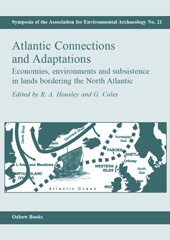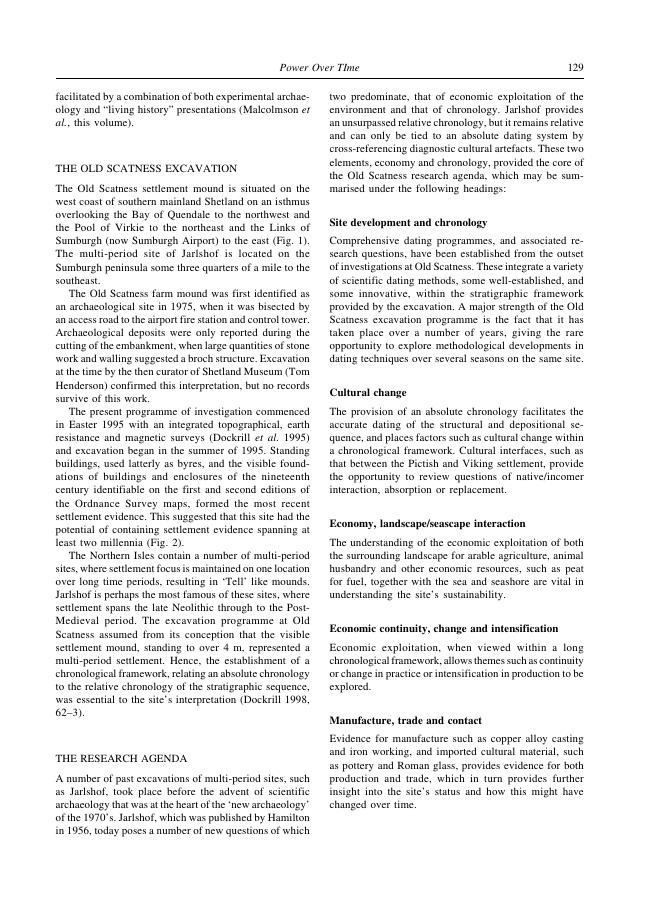Atlantic Connections and Adaptations : Economies, environments and subsistence in lands bordering the North Atlantic
288 p.
Maritime communications have played a vital role in shaping both human cultures and the biogeography of the North Atlantic Realm, a region containing discrete groups of islands separated by deep water. The aim of this volume is to explore the diversity of human environments and cultural adaptations present within the eastern part of the North Atlantic Realm, from Scotland and Norway in the East to Iceland in the West. The papers explore a number of key themes, including: the origins of flora and fauna of the North Atlantic Realm and the introduction of non-indigenous species in post-glacial periods; the various stages of human colonisation, from the explorations of Mesolithic hunter-gatherers in the Hebridean islands to the Norse settlement of the Faroes, Iceland and Greenland during the 8th to 10th centuries AD, and how each stage of colonisation has had its own ecological characteristics and consequences for indigenous flora and fauna; the influence of climatic variability and extreme episodic events on loc
al environments and human settlement patterns; and the establishment and development of human exchange and trade networks and how they have affected the range of resources available for human exploitation, from agricultural domesticates to the development of the Flemish sea fishery. These papers were presented at the first joint meeting of the Association for Environmental Archaeology (AEA) and the North Atlantic Bio-cultural Organisation (NABO), which was held at Glasgow University in March 2001. [Publisher's text].
Special access authorizations may apply; please contact us for further information.
-
Información
ISBN: 9781782979104
MATERIAS



